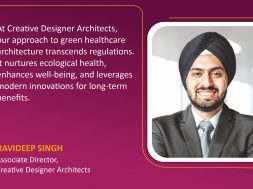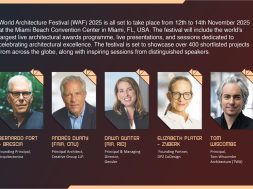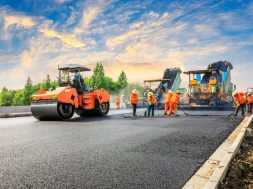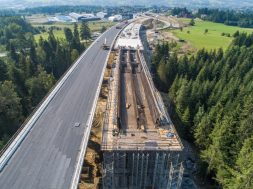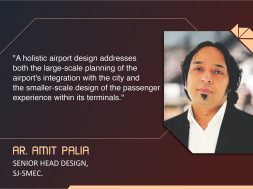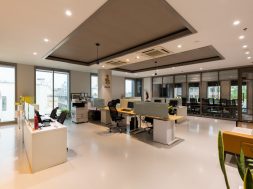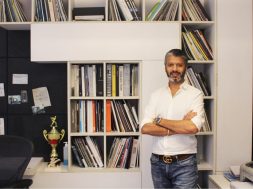Channelise technology for sustainable healthcare design
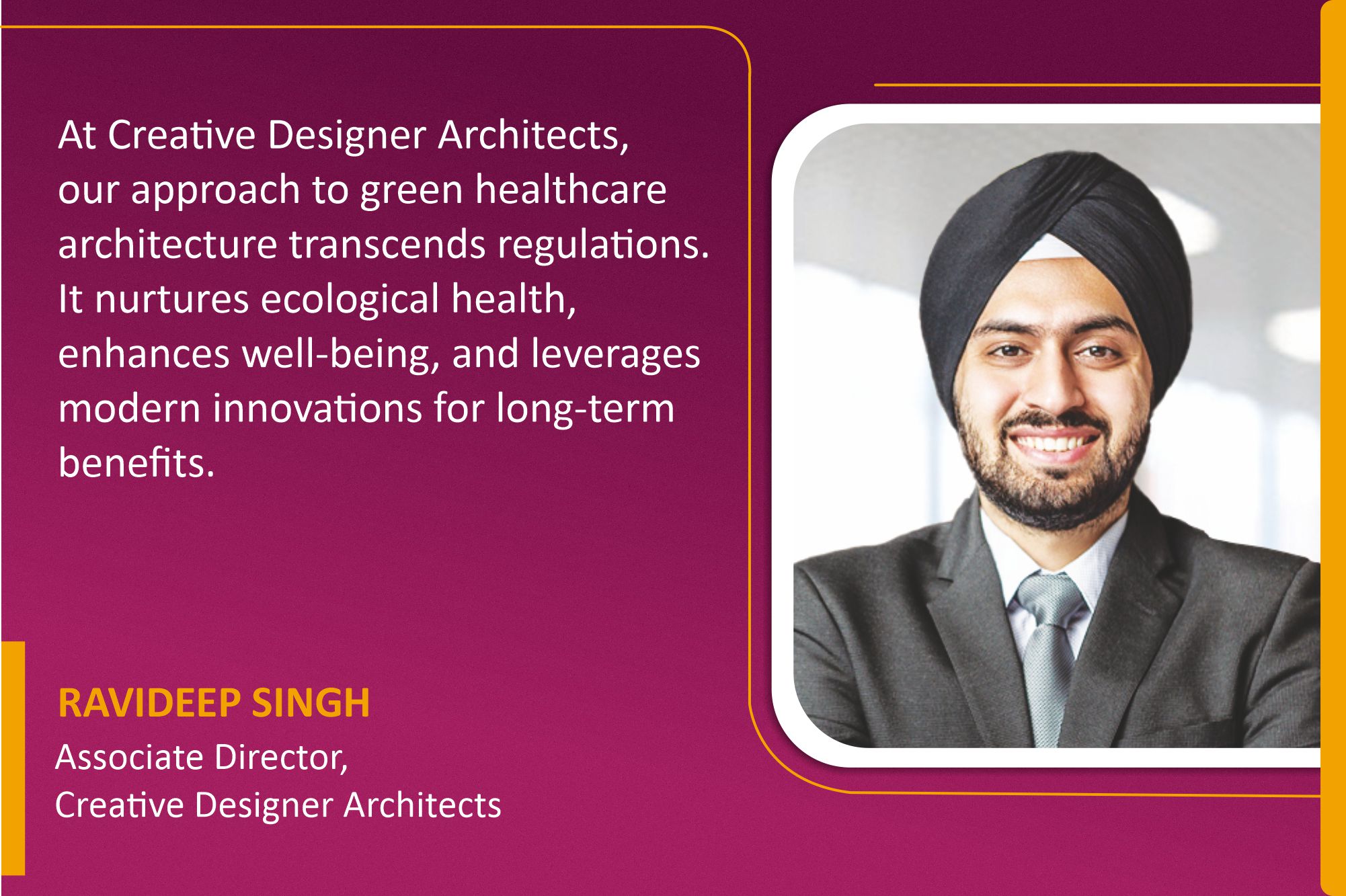
At Creative Designer Architects, our approach to green healthcare architecture transcends regulations. It nurtures ecological health, enhances well-being, and leverages modern innovations for long-term benefits.
Modern public buildings require a consistent energy supply and significant natural resources, such as water, to function effectively. This is especially true for hospital buildings, which operate 24/7 and require large quantities of these resources due to constant occupancy. As environmental sustainability becomes a more pressing concern, there is a growing need to manage energy and other resources efficiently within these structures. Healthcare design is evolving to create green buildings that are environmentally friendly and help reduce infections through thoughtful design strategies.
Indian architecture, including healthcare infrastructure, has traditionally prioritised functionality over sustainability. However, the past decade has seen a significant shift, with architects and stakeholders now recognising the importance of sustainable design. This shift is fueled by the benefits of biophilic design, which positively impacts human health and offers long-term economic advantages. As urban populations grow and healthcare demands rise, the gap in infrastructure quality becomes more evident. Existing facilities are often overextended, compromising care and the environment. In this context, sustainability in design has become a strategic imperative, fostering ecological balance and promoting health and well-being for all occupants.
Embedding sustainability from the start requires a comprehensive approach prioritising ecological preservation, energy optimisation, and user experience. This holistic approach ensures sustainability is integrated throughout the design process. In healthcare, sustainable design includes efficient passive strategies that reduce reliance on mechanical systems and incorporate biophilic elements to promote well-being. These practices improve operational efficiency and create environments conducive to healthy living, which are critical aspects of sustainable healthcare facilities.

Hospitals, with their intensive energy demands, require sustainable designs incorporating passive climate control strategies. Biophilic elements like natural vistas and abundant daylight enhance physical and psychological well-being, fostering a deep connection with nature. Sustainable building materials are also crucial. Selecting materials with minimal environmental impact and promoting health, such as biodegradable and recyclable options, is essential for creating environmentally responsible and health-conscious indoor environments.
Innovative technologies play a crucial role in achieving sustainability goals. Advanced prototyping, simulation, and visualisation tools enhance design efficiency and allow precise optimisation of sun paths, wind flow, lighting, and energy use. Platforms like Dynamo for Revit, Sefaira, and EnergyPlus help create sustainable, high-performance buildings. Real-time rendering and VR platforms have transformed design communication and refinement, ensuring that sustainable practices are implemented and prioritised throughout the project.
A building’s facade is crucial to its overall appearance and energy efficiency. The facade, which serves as the primary point of contact between the structure and its surroundings, must consider seismic forces and successfully handle climate extremes, including temperature swings and wind pressure. An assessment should be conducted on the embodied energy, lifecycle effects, and contributions to human health of the materials selected for the facade assembly. Carefully planning the building’s fenestration, size, and treatments can further improve its aesthetic appeal and energy efficiency.
While sustainability has become increasingly popular, especially regarding code compliance, difficulties still exist. Especially in non-corporate projects, a lack of understanding at the local level frequently impedes the potential for exceptional sustainable construction. Another hurdle is the belief that adopting sustainable practices will cost more upfront, primarily due to ignorance about the long-term advantages. However, there is a growing possibility that sustainable construction will become the standard in India as more and more significant businesses recognise the significance of Environmental, Social, and Governance (ESG) issues.
For more details, visit: https://www.cdaarchitects.in/
Cookie Consent
We use cookies to personalize your experience. By continuing to visit this website you agree to our Terms & Conditions, Privacy Policy and Cookie Policy.
